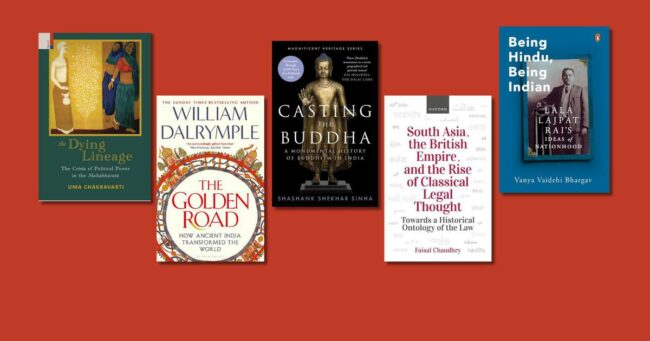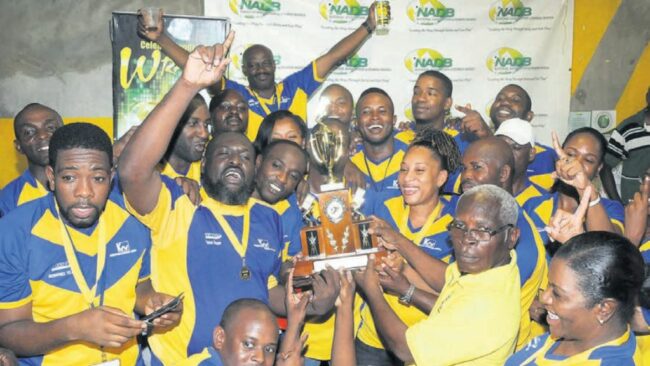Our Times: Sadler Motors was in business for more than three decades
… fixture on Washington Avenue. The business was founded by John Sadler … long history in the automobile business, including working as a salesman … the street to expand his business.
A Sadler Motors ad in …






